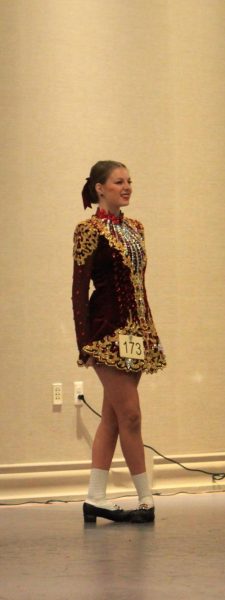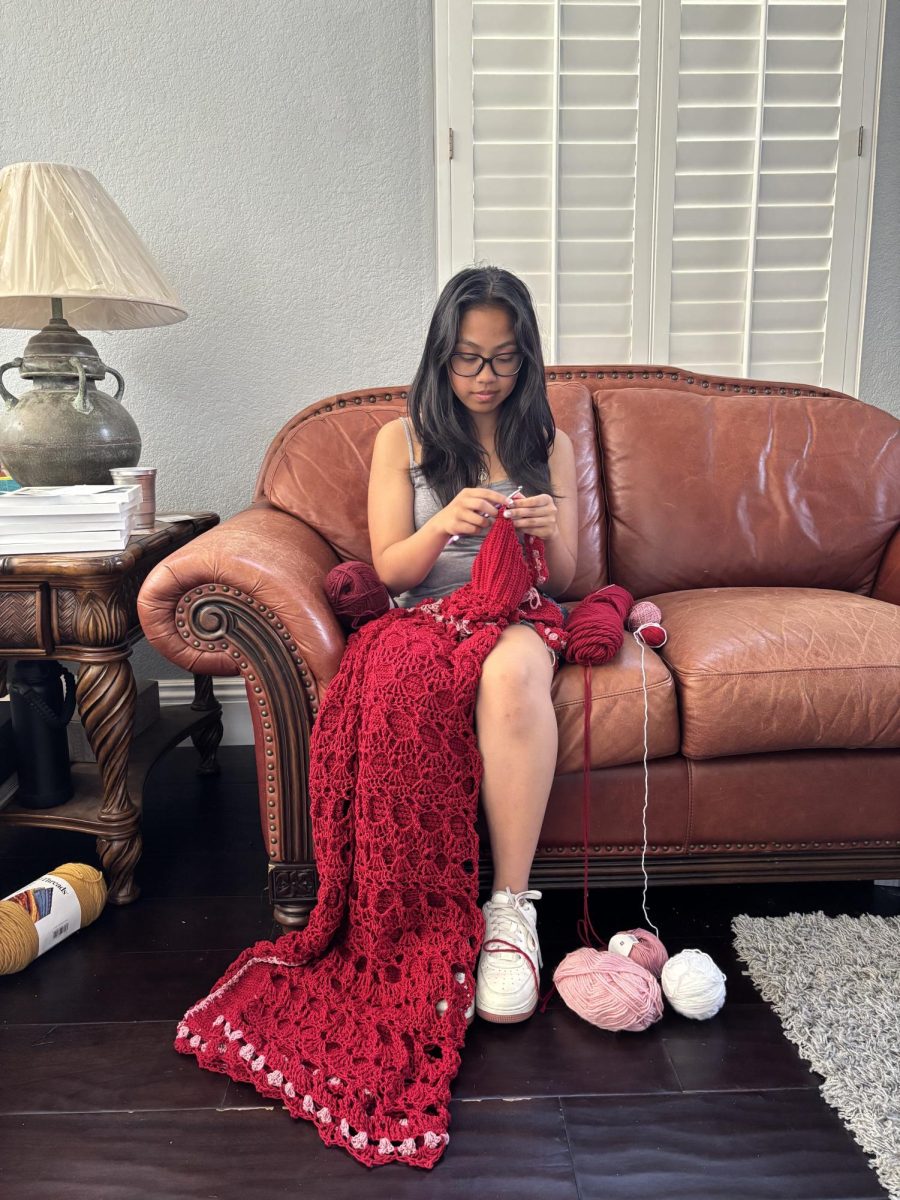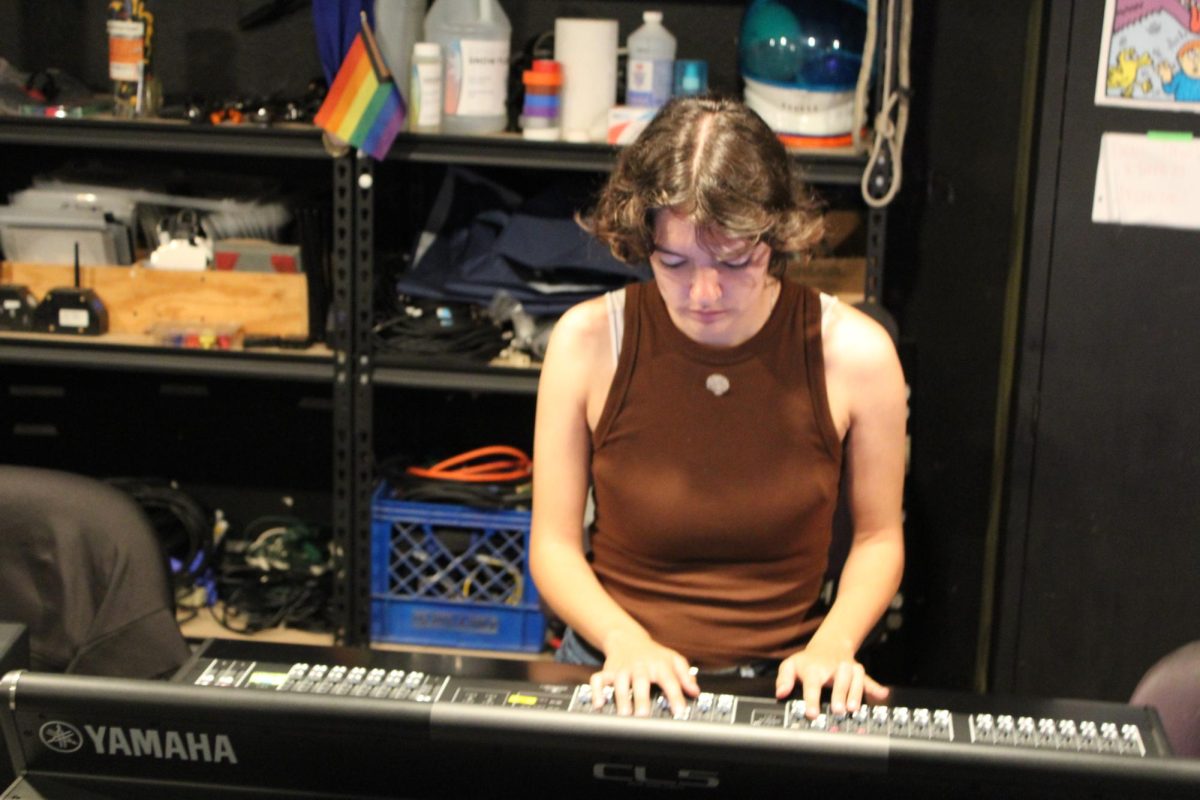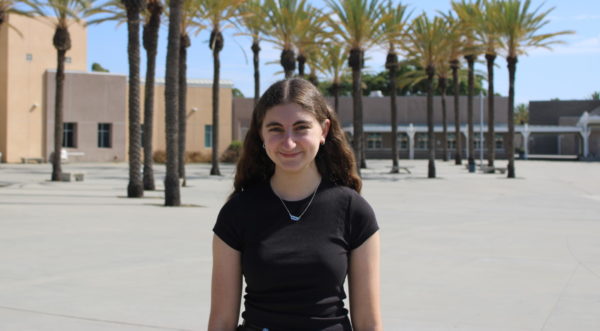Jenna Knott (11) and Emily Underwood (12) will be celebrating St. Patrick’s Day in the same way they have for 10 and 12 years respectively: by Irish dancing in San Diego’s St. Patrick’s Day parade in Balboa Park, tomorrow. Knott said that the first time she experienced the parade, she stood on her dance studio’s float waving a small Irish flag. Now, she and Underwood will dance behind the float for the over-mile-and-a-half-long parade route, passing out Irish flags, necklaces, stickers, and green coins to young onlookers.
“My favorite part about Irish dance is the whole St. Patrick’s Day season,” Underwood said. “I couldn’t have cared less when I was younger about St. Patrick’s Day, but since I’ve done Irish dance, there’s been the whole aspect of the culture behind it and the Irish pride. It’s really fun and one of the highlights of my whole entire year.”
Knott and Underwood have both been performing and competing in Irish dance since they were young — 10 and 12 years old, respectively.
While Knott said their studio, Rose Academy of Irish Dance, is more competition-based, they often perform for schools, nursing homes, and special St. Patrick’s Day events. They compete five to six times a year in California in addition to a variety of competitions outside of the state. Underwood hasn’t competed since September as she will soon be ending her Irish dance journey at the end of her senior year, but Knott is still actively competing and recently placed third in the Doherty Petri Feis competition, March 3.
According to Knott, there are countless misconceptions about Irish dance, but surprising people with her performance is part of what makes her love it.
“Nobody expects what you’re going to do,” she said. “They always expect some funny little leprechaun jig, but it’s actually pretty intricate. One of my favorite things is seeing people’s faces when I start dancing. They’re like ‘How did your feet do that?’ It’s a huge source of pride.”
The level of technique needed for Irish dancing means that Underwood and Knott often have long rehearsal hours. During practices for competitions and performances, the dancers start with 30 minutes of warm-ups and strength training. Then, they transition into what are called ‘full rounds.’
“We do our whole dance over and over and over again,” Knott said. “My record for the most [Irish dancing] in one day was like eight straight hours.”
Despite the majority of the movement in Irish dance being focused on the legs, core and arm strength are also at the forefront of training. According to Underwood, one of the greatest challenges in Irish dance is balancing the execution of skills

while also engaging all of the muscle groups necessary to deliver a clean performance.
“You have to focus on keeping your arms down, focus on making your core tight, and make sure your quads are strong enough to keep you up and lift you into the air,” Underwood said. “Kicking, jumping, spinning — there’s a lot to focus on. We also have to have flexibility. At most competitions, if you’re doing [a dance] with kicks, you want to get your leg up to your head. You have to have the hip mobility to do that while also focusing on everything else you have to do, like turning out your feet or keeping your arms down or being high enough on your toes.”
Irish dancers have a unique juxtaposition between keeping their arms stiff by their sides and allowing their legs to fly up in the air.
“One of the hardest things is knowing when to engage your muscles and when to not,” Knott said. “Our dance teacher will yell at us ‘Engage!’ but there are also times when you have to be more loose and flexible because you can’t kick above your head if all your muscles are super tense.”
In addition to the complicated movements, clothing and hair are also important aspects of Irish dance performances. Both Knott’ and Underwood’s costumes are elaborate and eye-catching.
“No two are the same,” Knott said. “They’re custom-made for someone, but you can get them secondhand, and they’re covered in gems. In original Irish culture, [Irish dance] was an activity you would do at church. The girls would sleep in super tight curlers to have the bouncy curls. Over the years, it’s gotten less traditional, but [the hair] is still pageant-like and crazy big. People
put all these hairpieces in it because you want to get noticed. You’re trying to get the judge to look at you.”
At competitions, two to three dancers perform at once, which is why standing out is so important.
“You’re all doing different steps, so there’s a very good chance that you could bump into somebody; it’s happened to me,” Underwood said. “You have to be aware of your surroundings.”
Knott said she sees herself continuing with Irish dance past high school and hopes to take her dance teaching credential test and is considering auditioning for an Irish dance company.
“My goal is to be in a company because I love to perform and be on stage,” Knott said. “It is tricky because a lot of those companies have extremely strict audition requirements. So, if all else fails, I want to try to be a dance teacher. I love teaching the little kids, and I volunteer in the younger classes, which is really fun.”
Originally, her aunt’s passion for Irish dance first introduced Knott to the unique art form. She got her first pair of dance shoes for her seventh birthday. Now, what keeps her dancing is the community she has formed with other Irish dancers.
“Because it’s such an odd thing, the community is very tight-knit,” she said. “I have friends from all over the world, and that’s what keeps me going. I would never see these people again if I stopped competing. It’s hard to push through injuries or frustrations at teachers or judges, but whenever I come to dance and I walk in and see all my friends, I know we’re all in the same boat. We bond over shared experiences.”




